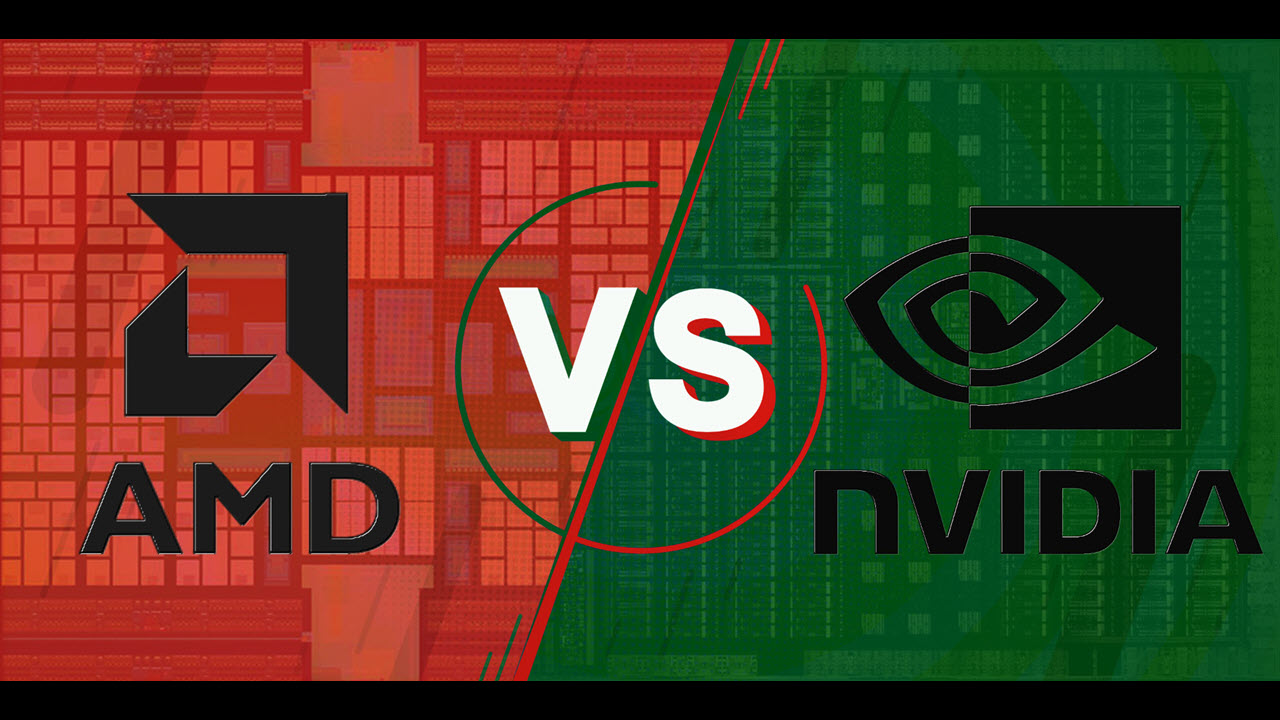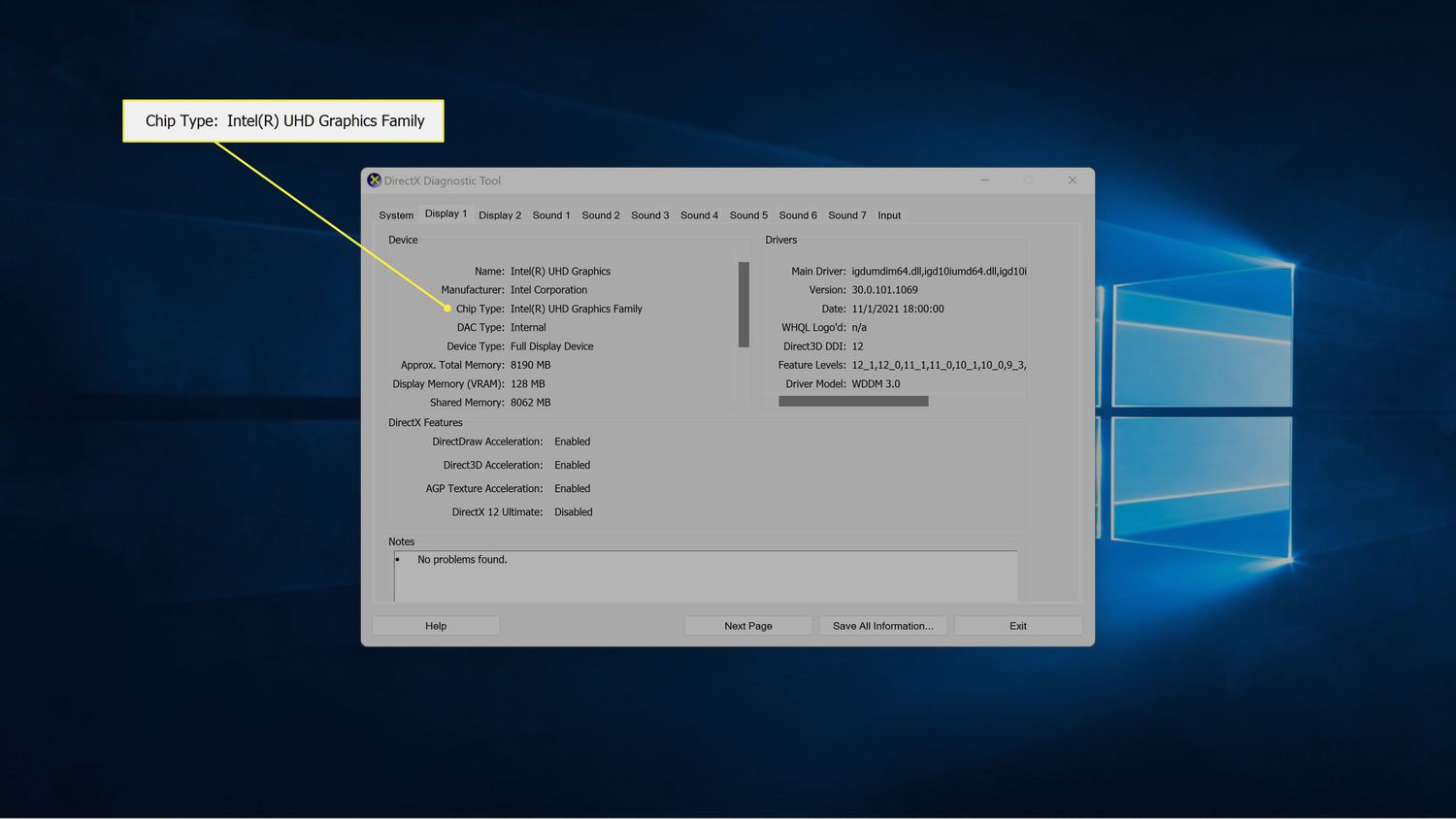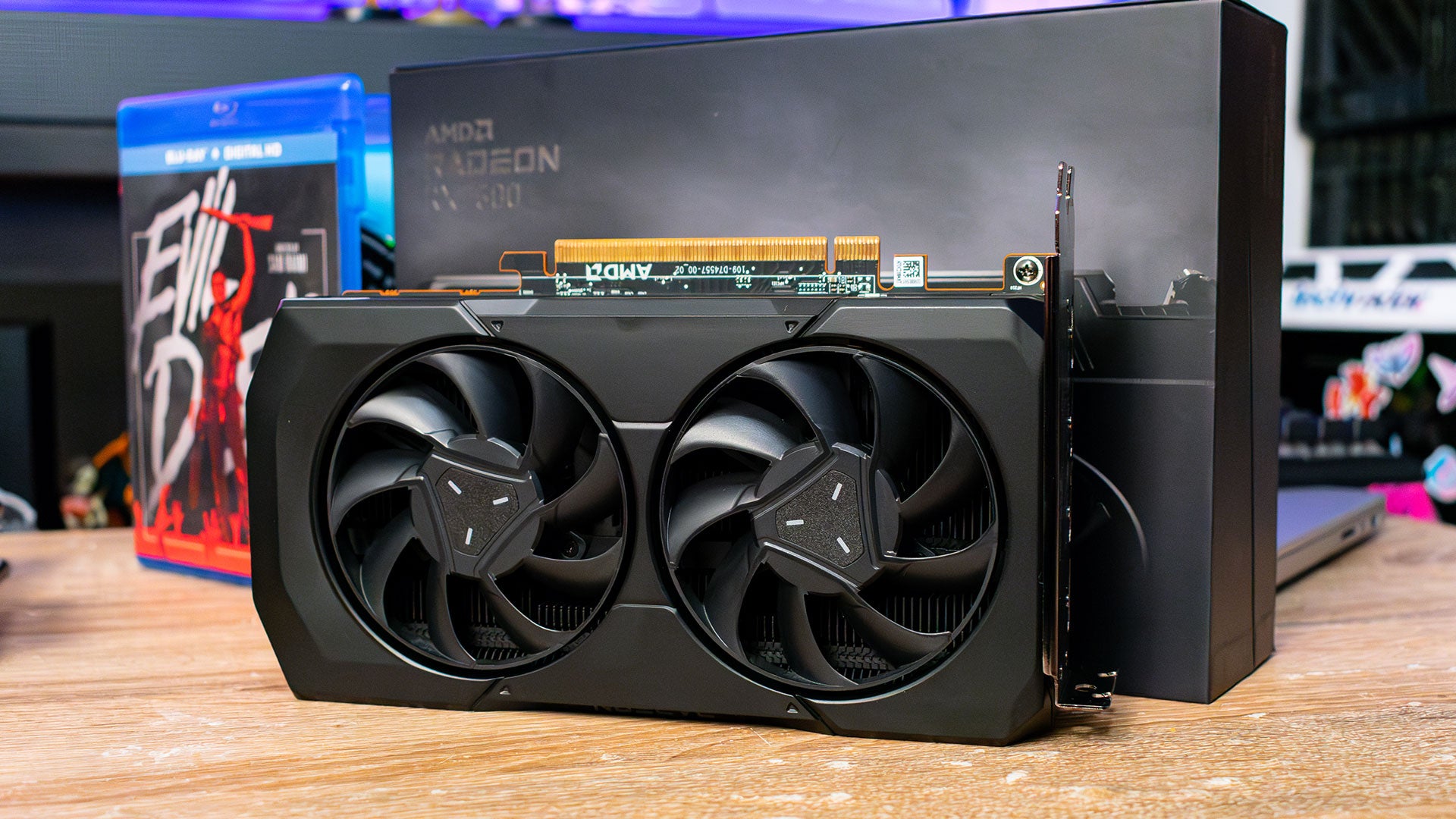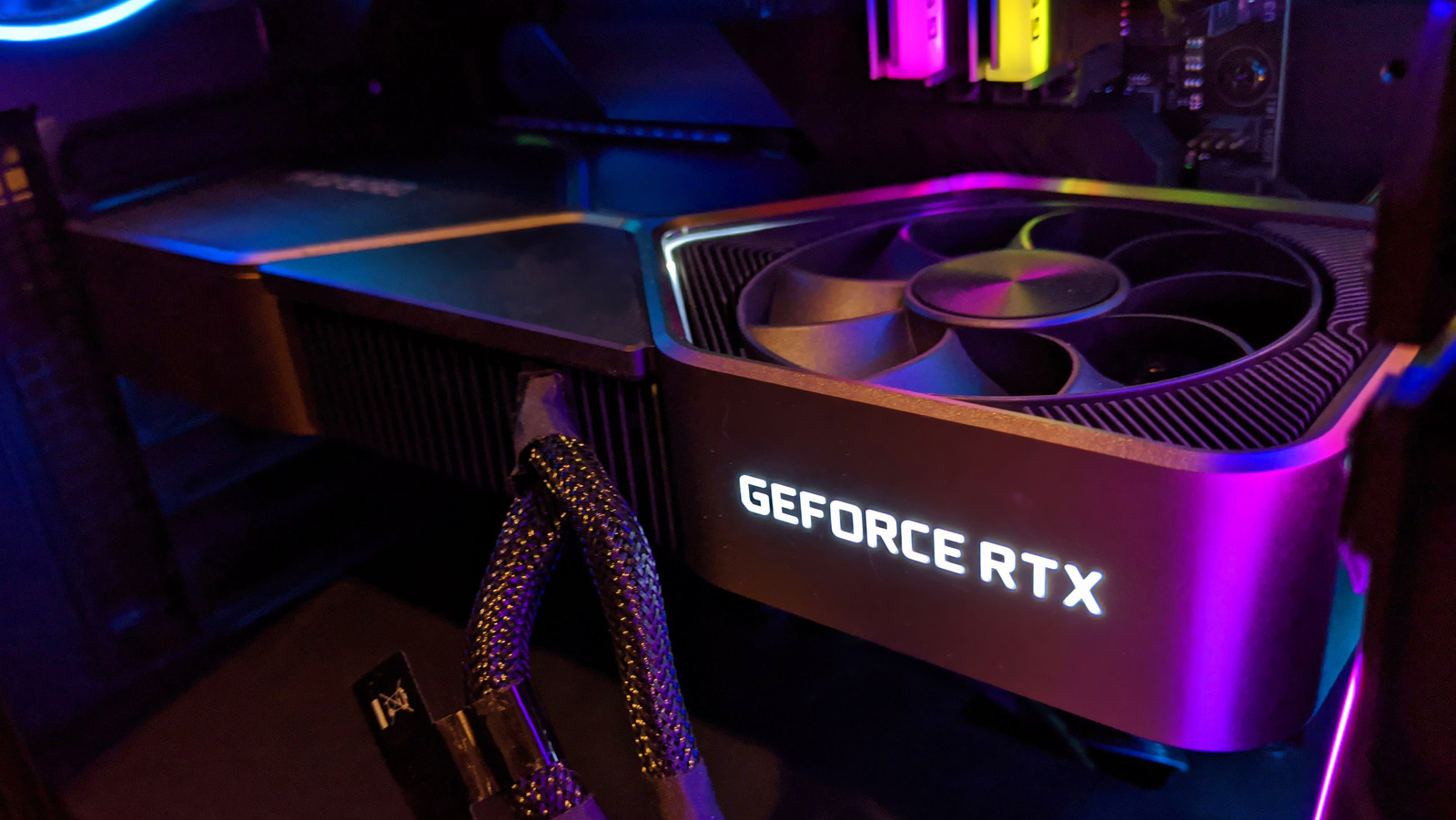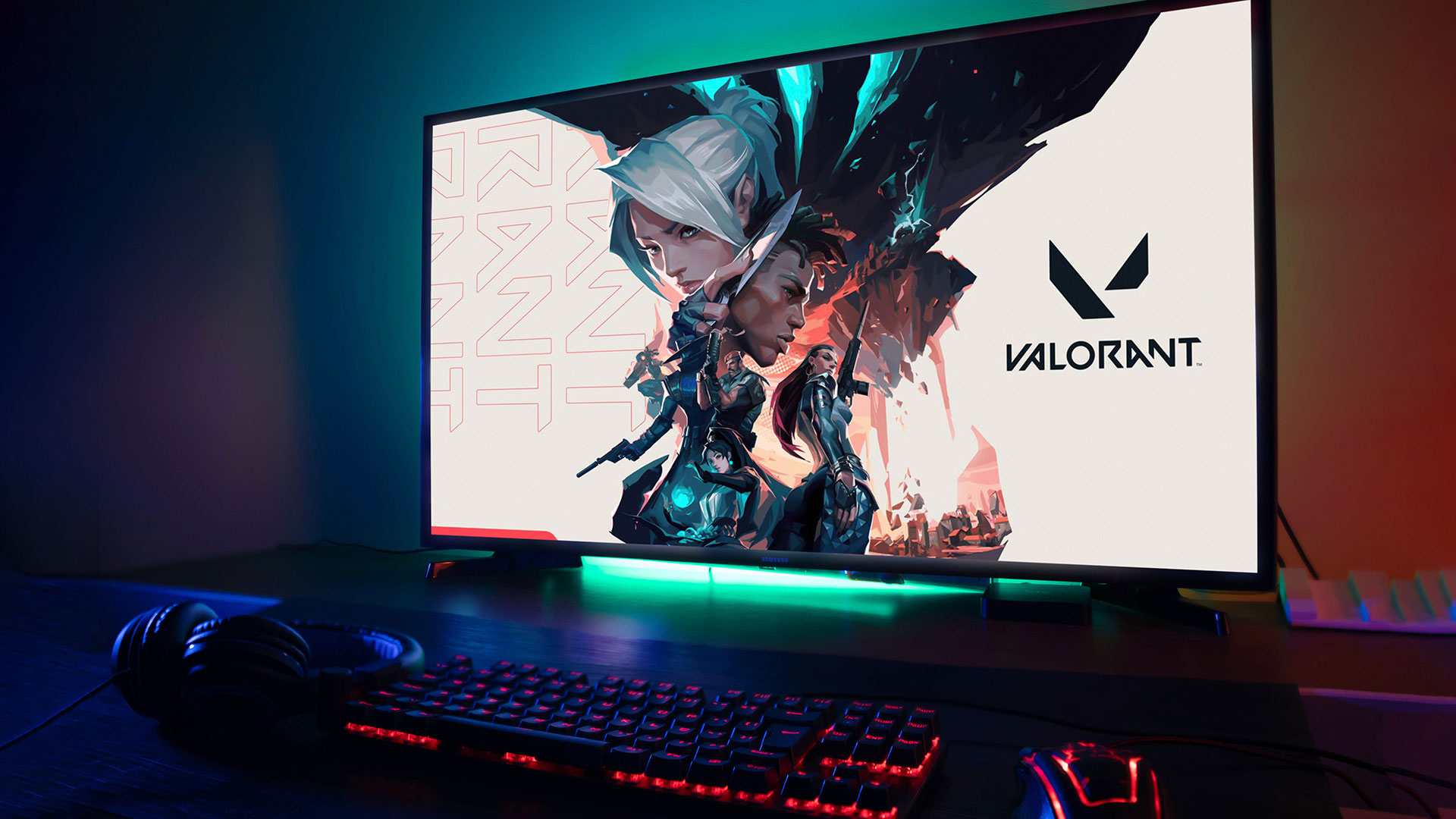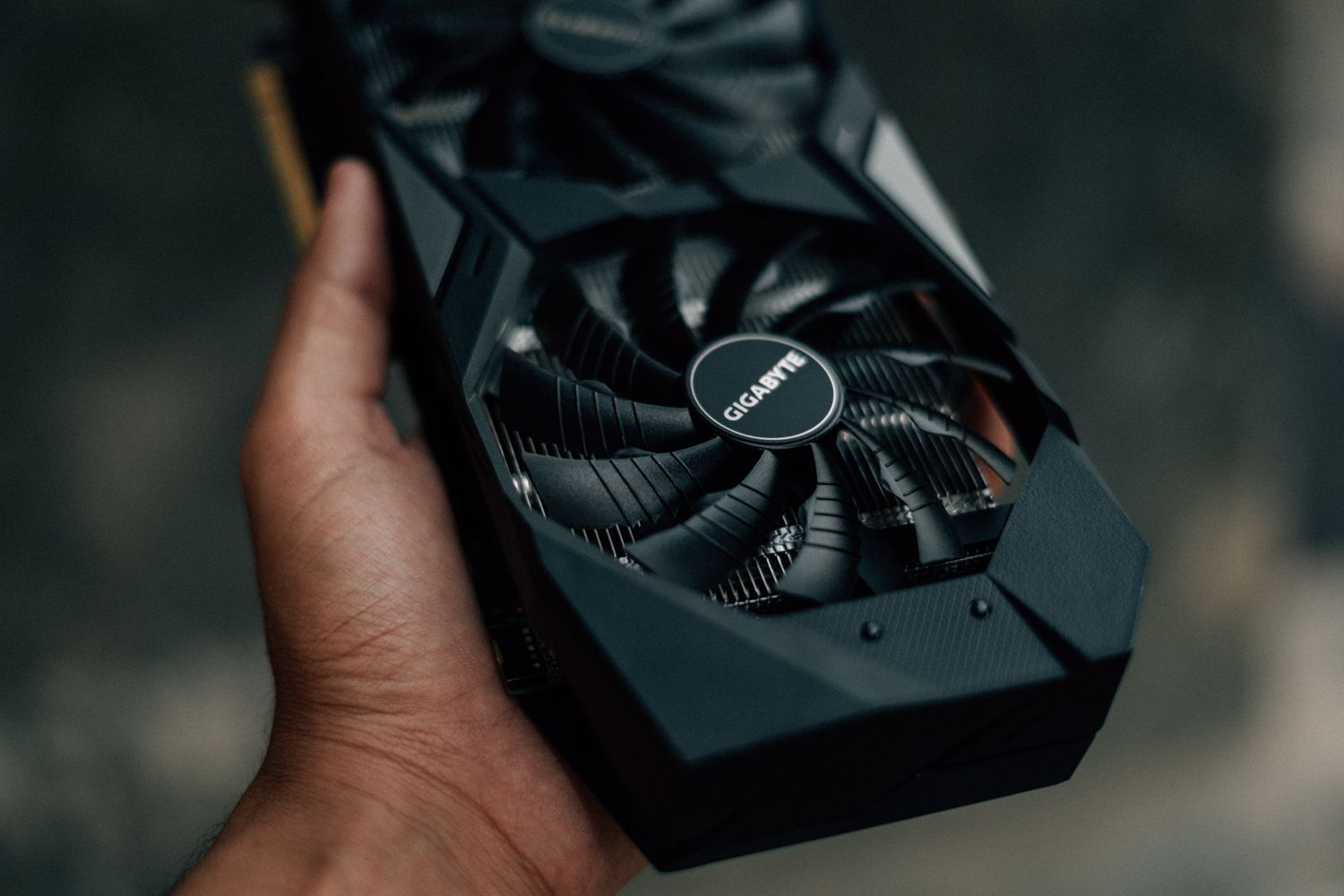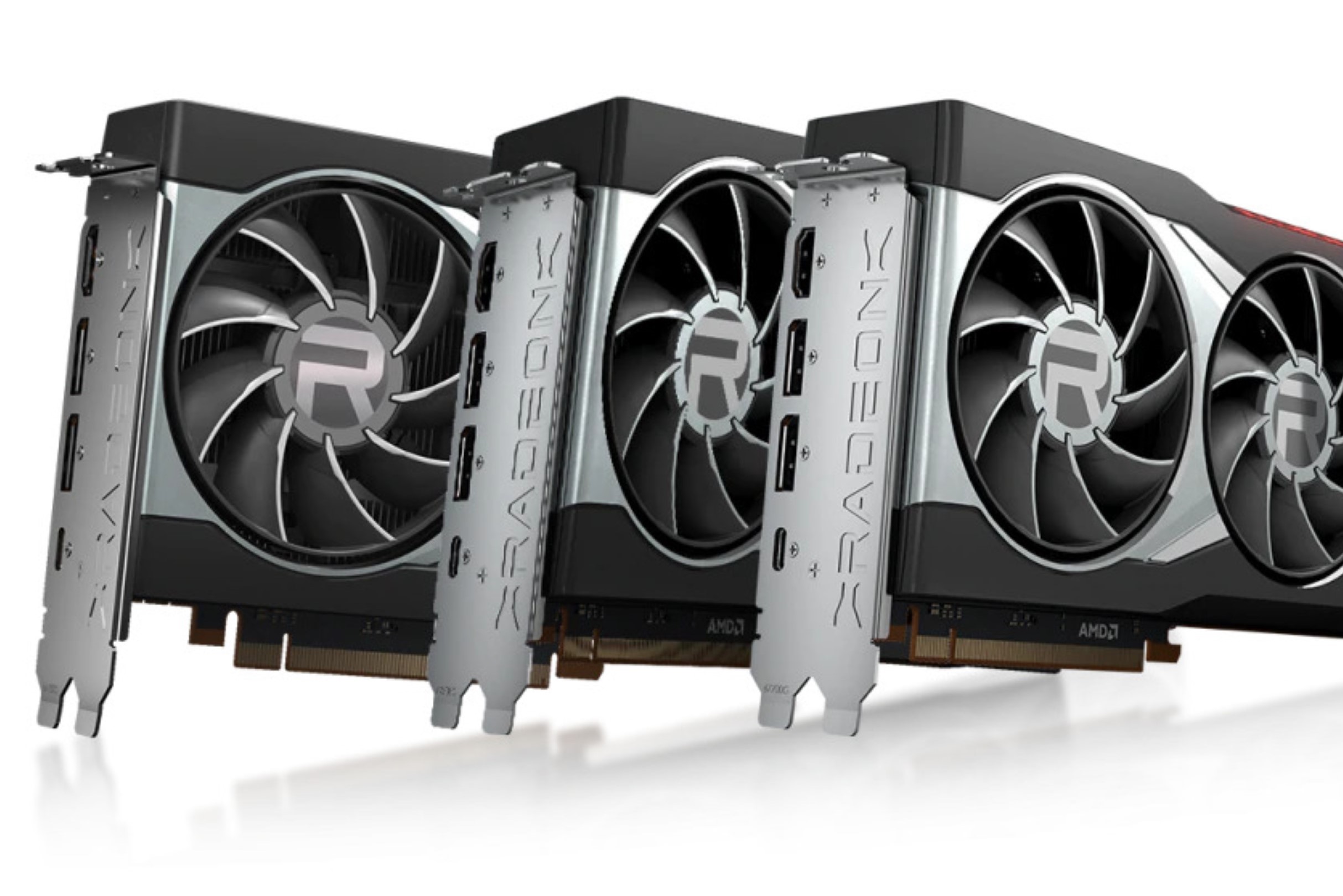Introduction
Updating your AMD GPU drivers is an essential task for optimizing the performance and stability of your graphics card. Whether you’re a gamer looking for the best gaming experience or a professional relying on your GPU for design and rendering, keeping your drivers up-to-date is crucial.
GPU drivers act as a communication bridge between your operating system and the graphics card, enabling it to operate efficiently and take advantage of new features and optimizations. Regularly updating these drivers ensures that you have the latest bug fixes, performance enhancements, and compatibility improvements.
Not only can updating your AMD GPU drivers improve overall system performance, but it can also prevent graphics-related issues such as crashes, artifacts, or screen freezing. Additionally, updated drivers often provide support for new game titles, allowing you to enjoy the best visual fidelity and performance.
In this guide, we will walk you through the step-by-step process of updating your AMD GPU drivers. We’ll cover how to check for driver updates, download the latest drivers from the official AMD website, uninstall old drivers, and install the new ones. We’ll also address common troubleshooting issues that may arise during the update process.
Before we delve into the technical aspects, it’s important to note that updating your GPU drivers can be a straightforward procedure, but it does require careful attention and a basic understanding of your computer system. If you’re not comfortable performing these steps on your own, it’s best to seek assistance from a knowledgeable friend or a professional.
Now that we have set the stage, let’s proceed to the first step: checking for updates to see if there are newer drivers available for your AMD GPU.
Why Update AMD GPU Drivers?
Keeping your AMD GPU drivers up-to-date is crucial for several reasons. Here are the key reasons why you should regularly update your GPU drivers:
- Performance and Stability: Updated drivers often come with performance optimizations and bug fixes. These improvements can enhance the overall performance of your graphics card, allowing for smoother gameplay, faster rendering in applications, and better overall system stability.
- Compatibility: Newer games and software often require the latest GPU drivers to take advantage of specific features or to ensure compatibility. By updating your AMD GPU drivers, you ensure that your graphics card is compatible with the latest game releases and software updates, preventing any potential issues or graphical glitches.
- Security: Outdated drivers may have vulnerabilities that hackers can exploit to gain unauthorized access to your system. Updating your GPU drivers ensures that you have the latest security patches, protecting your computer from potential security risks.
- Bug Fixes: AMD regularly releases driver updates to address known issues and bugs reported by users. Updating your GPU drivers ensures that you have the latest bug fixes, reducing the chances of encountering crashes, artifacts, or other graphical anomalies.
- New Features and Enhancements: Driver updates often introduce new features and enhancements that can improve your gaming or computing experience. These updates may include support for new graphics technologies, improved overclocking options, or better power efficiency.
In summary, updating your AMD GPU drivers is essential to ensure optimal performance, stability, compatibility, security, and access to the latest features. By keeping your drivers up-to-date, you can enjoy the best possible gaming experience, faster rendering in creative applications, and overall improved system performance.
Part 1: Checking for Updates
Before updating your AMD GPU drivers, it’s important to check if there are any new updates available. Here’s how you can do it:
- Step 1: Open the AMD Radeon Software. You can do this by right-clicking on your desktop and selecting “AMD Radeon Software” from the context menu. Alternatively, you can find the software in your system tray by locating the AMD Radeon logo.
- Step 2: Once the Radeon Software opens, navigate to the “Updates” section. Here, you’ll find information about the current driver version and any available updates.
- Step 3: Click on the “Check for Updates” button. This will prompt the software to search for the latest driver updates for your AMD GPU.
- Step 4: If there are any updates available, you’ll see a list of the latest driver versions. Take note of the driver version and any additional information provided, such as performance improvements or bug fixes.
- Step 5: To proceed with the driver update, click on the “Download” button next to the driver version you want to install. This will initiate the download of the driver package.
- Step 6: Once the download is complete, you can proceed to the installation process. We’ll cover the installation steps in detail in the next section.
It’s worth noting that the AMD Radeon Software also gives you the option to enable automatic driver updates. If you enable this feature, the software will automatically check for updates and download them in the background, making the updating process more convenient.
Checking for updates is an important first step before updating your AMD GPU drivers. It ensures that you are aware of the latest driver versions available for your graphics card. By keeping your drivers up-to-date, you can take advantage of performance optimizations, bug fixes, and new features that AMD releases through driver updates.
Part 2: Downloading the Latest Drivers
After checking for updates and identifying the latest driver version for your AMD GPU, the next step is to download the drivers. Follow these steps to download the latest drivers:
- Step 1: Visit the official AMD website. You can go to www.amd.com and navigate to the “Drivers & Support” section.
- Step 2: On the AMD website, locate the section for graphics drivers. This may be labeled as “Radeon Software” or “Graphics Drivers”. Click on it to proceed.
- Step 3: Select your GPU model and operating system. Use the dropdown menus or search options provided to specify your GPU model and the operating system version you are using.
- Step 4: Once you’ve selected the correct GPU model and operating system, you’ll see a list of available driver versions. Find the driver version that matches the one you identified during the update check process in Part 1.
- Step 5: Click on the “Download” button next to the driver version you want to download. This will initiate the download of the driver package to your computer.
- Step 6: Wait for the download to complete. The download time will depend on your internet speed. Once the download is finished, you’ll have the driver package ready for installation.
It’s important to note that AMD provides different options for downloading drivers, such as a full package or a minimal package. The full package includes additional software and features, while the minimal package includes only the essential drivers. Choose the package that best suits your needs.
Downloading the latest drivers directly from the official AMD website ensures that you’re getting the legitimate and most up-to-date drivers for your AMD GPU. Once you’ve successfully downloaded the driver package, you can proceed to uninstall the old drivers in preparation for the installation of the new drivers, which we’ll cover in the next section.
Part 3: Uninstalling Old Drivers
Before installing the new drivers, it’s important to uninstall the old drivers from your system. Here’s how you can uninstall the old AMD GPU drivers:
- Step 1: Open the “Device Manager” on your computer. You can do this by right-clicking on the “Start” menu and selecting “Device Manager” from the dropdown menu.
- Step 2: In the Device Manager, expand the “Display Adapters” category to reveal the list of graphics devices connected to your computer.
- Step 3: Right-click on your AMD GPU in the list and select “Uninstall device” from the context menu. This will prompt a confirmation dialog.
- Step 4: In the confirmation dialog, make sure to check the box that says “Delete the driver software for this device” to remove all traces of the old drivers.
- Step 5: Click on the “Uninstall” button to proceed with the removal of the old drivers. Your screen may flicker or go blank temporarily as the drivers are being uninstalled.
- Step 6: Once the uninstallation process is complete, restart your computer to ensure that the old drivers are fully removed from your system.
It’s important to note that upon restarting your computer, you may be prompted to install a basic display driver. This is normal and temporary until you install the new AMD GPU drivers in the next section.
If you encounter any issues during the uninstallation process or if the old drivers are not completely removed, you can use third-party software or driver uninstallation tools to ensure a clean and thorough removal. However, exercise caution when using such tools and make sure to download them from reputable sources.
By uninstalling the old drivers, you create a clean slate for the installation of the new drivers. This ensures that there are no conflicting or outdated driver components left behind, reducing the chances of any installation issues or conflicts with the new drivers.
Part 4: Installing New Drivers
After uninstalling the old drivers, you’re ready to install the new AMD GPU drivers. Follow these steps to install the new drivers:
- Step 1: Locate the downloaded driver package on your computer. It is usually stored in your “Downloads” folder or the location you specified during the download process.
- Step 2: Double-click on the driver package to initiate the installation process. This will launch the AMD driver installer.
- Step 3: In the AMD driver installer, you’ll be presented with several options and installation settings. Review the information and options presented, and make any desired changes or adjustments.
- Step 4: Click on the “Install” or “Next” button to proceed with the installation. The installation process may take a few minutes, depending on your system’s performance and the size of the driver package.
- Step 5: Follow the on-screen prompts and instructions to complete the installation. You may be asked to accept the license agreement, choose the installation location, or customize the installation settings.
- Step 6: Once the installation is complete, restart your computer to finalize the installation process. This ensures that the new drivers are fully integrated into your system.
During the installation process, it’s important to avoid interrupting or canceling the installation. Any interruptions or cancellations may result in incomplete or corrupted driver installation.
After restarting your computer, you can verify that the new AMD GPU drivers have been successfully installed by checking the driver version in the AMD Radeon Software or the Device Manager. Make sure that the installed driver version matches the version you downloaded and intended to install.
Installing the latest AMD GPU drivers ensures that you have access to the latest features, performance optimizations, and bug fixes provided by AMD. It also ensures that your GPU is fully functioning with its latest capabilities and enhancements.
Part 5: Troubleshooting Common Issues
While updating and installing AMD GPU drivers is usually a smooth process, you may encounter some common issues along the way. Here are a few troubleshooting tips to help you overcome these issues:
- Issue: Driver installation fails or encounters errors. If the driver installation fails or encounters errors, try the following:
- Ensure that you have administrative privileges on your computer.
- Disable any antivirus software temporarily, as it may interfere with the installation process.
- Try installing the drivers in Safe Mode, which can help bypass any conflicting software.
- Issue: Screen flickering or artifacts after driver update. If you experience screen flickering or artifacts after installing the new drivers, try the following:
- Restart your computer to see if the issue resolves on its own.
- Reinstall the drivers using the AMD Clean Uninstall Utility, which removes all traces of the old drivers before reinstalling them.
- Check your display cables and connections to ensure they are secure.
- Issue: Performance issues or reduced FPS after driver update. If you notice a decrease in performance or lower FPS after updating your drivers, try the following:
- Ensure that your power settings are set to high performance to allow maximum GPU utilization.
- Check that your GPU is not overheating. Clean the GPU and ensure proper cooling.
- Revert to the previous driver version if the issues persist, as it may be more stable for your specific setup.
- Issue: Black screen or no display after driver installation. If you encounter a black screen or no display after installing the drivers, try the following:
- Restart your computer and check if the display returns.
- Connect your display to a different port on your GPU.
- Remove and reseat your GPU in its slot, ensuring that it is properly connected.
If you encounter any issues that you cannot resolve on your own, it’s recommended to visit the official AMD support website or community forums for further assistance. They can provide specific troubleshooting steps or direct you to additional resources.
Remember, not every computer setup is the same, and individual configurations may introduce unique challenges. Through proper troubleshooting and perseverance, most issues can be resolved, allowing you to enjoy the benefits of updated AMD GPU drivers.
Conclusion
Updating your AMD GPU drivers is crucial for optimizing performance, stability, and compatibility with the latest games and software. By following the steps outlined in this guide, you can easily check for updates, download the latest drivers, uninstall the old drivers, and install the new ones.
Regularly updating your drivers ensures that you have access to performance enhancements, bug fixes, security updates, and new features provided by AMD. It also helps prevent issues such as crashes, artifacts, or compatibility problems.
Remember to exercise caution during the driver update process and carefully follow the instructions provided by AMD. Additionally, make sure to back up your important files and create a system restore point before proceeding with any driver updates, as a precautionary measure.
If you encounter any issues during the update process or face compatibility problems with specific games or software, you can visit the official AMD website, community forums, or seek assistance from knowledgeable users or professionals.
By staying proactive and keeping your AMD GPU drivers up-to-date, you can ensure that your graphics card is running at its best, providing you with optimal performance, stability, compatibility, and an enjoyable computing experience.









